
- Shandong Loyal Industrial Co.,Ltd.
- Macaroni Production Machine Instant Noodle Machine Biscuit Making Machine
Home> Company News> Everything you Need to Know About Poultry Feed Pellet Machine

Everything you Need to Know About Poultry Feed Pellet Machine
2024-04-26 17:15:49Introduction to Poultry Feed Pellet Machine
Poultry feed pellet machines revolutionize the way poultry feed is produced in the industry. These machines are designed to efficiently convert raw materials into uniform feed pellets, optimizing nutritional value and digestibility for poultry. They offer a streamlined approach to feed production, ensuring consistency and quality in every batch.
Poultry feed pellet machines utilize a combination of pressure, heat, and moisture to compress and mold feed ingredients into compact pellets. This process not only enhances the nutritional content of the feed but also improves its shelf life and palatability. With the ability to control pellet size and density, these machines cater to the specific dietary requirements of different poultry species and stages of growth.
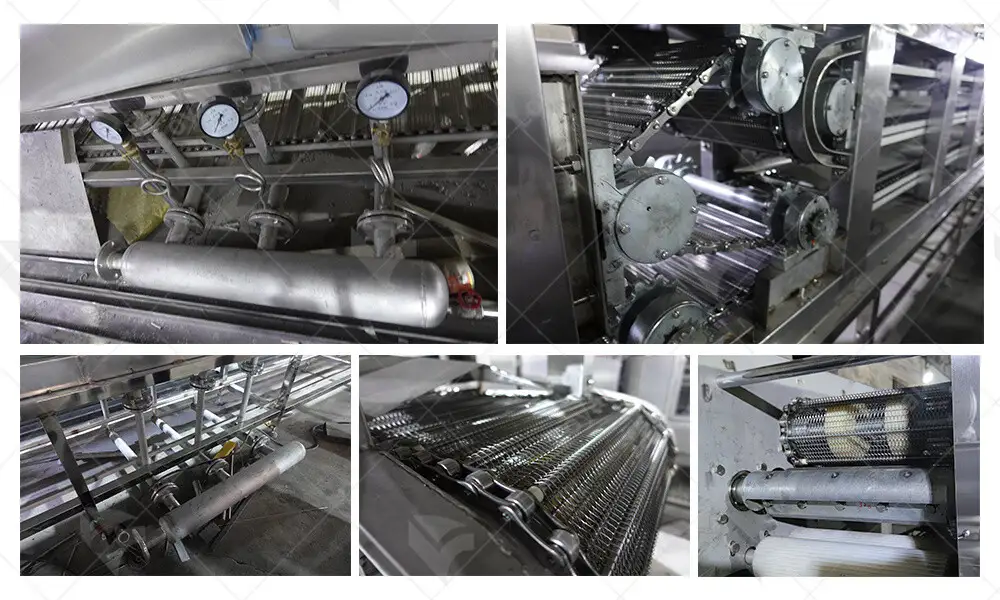
Types of Poultry Feed Pellet Machines
There are several types of poultry feed pellet machines available in the market, each catering to different production scales and requirements.
1. Flat Die Pellet Machine: Ideal for small to medium-scale operations, flat die pellet machines are compact and versatile. They use a flat die and rollers to compress feed ingredients into pellets.
2. Ring Die Pellet Machine: Suitable for large-scale commercial production, ring die pellet machines offer higher output and efficiency. They feature a rotating die with stationary rollers, ensuring consistent pellet formation.
3. Vertical Feed Pellet Machine: Designed for space-saving and efficient operation, vertical feed pellet machines are suitable for both small-scale farms and industrial applications. They utilize a vertical design, allowing for continuous feeding and pelletizing.
4. Horizontal Feed Pellet Machine: Commonly used in large-scale feed mills, horizontal pellet machines are designed for high-volume production. They feature a horizontal chamber where feed ingredients are compressed into pellets by rotating rollers.
Each type of poultry feed pellet machine has its unique advantages and limitations, making it essential for producers to choose the most suitable option based on their specific needs and production requirements.
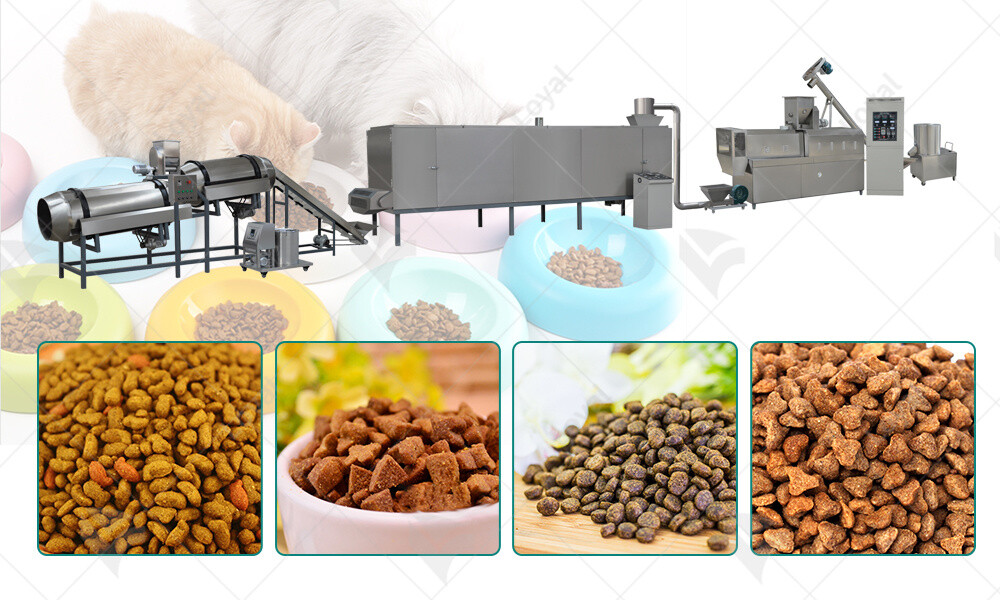
Working Mechanism of Feed Pellet Machines
Poultry feed pellet machines are intricate devices designed to convert raw materials into uniform pellets suitable for poultry consumption. The working mechanism of these machines involves several key stages, ensuring efficiency and consistency in pellet production.
Firstly, the raw materials, such as grains, cereals, and protein sources, are fed into the machine's hopper. From there, they enter the conditioning chamber, where steam or water is added to soften and gelatinize the ingredients. This process enhances the binding properties of the feed mixture, facilitating the formation of durable pellets.
Next, the conditioned material passes through the pellet die, a crucial component of the machine. The die features small perforations of varying sizes, through which the feed mixture is forced under pressure. As the material is extruded through these openings, it undergoes compression and shaping, resulting in cylindrical pellets of uniform size.
Following the compression stage, the pellets are cut to the desired length by a knife or blade mechanism. This cutting action occurs as the pellets emerge from the die, ensuring consistent pellet size and shape. The newly formed pellets are then cooled and dried to remove excess moisture, enhancing their shelf life and preventing spoilage.
Overall, the working mechanism of poultry feed pellet machines involves a series of precisely orchestrated steps, from raw material preparation to pellet formation and drying. This meticulous process ensures the production of high-quality pellets that meet the nutritional needs of poultry effectively.
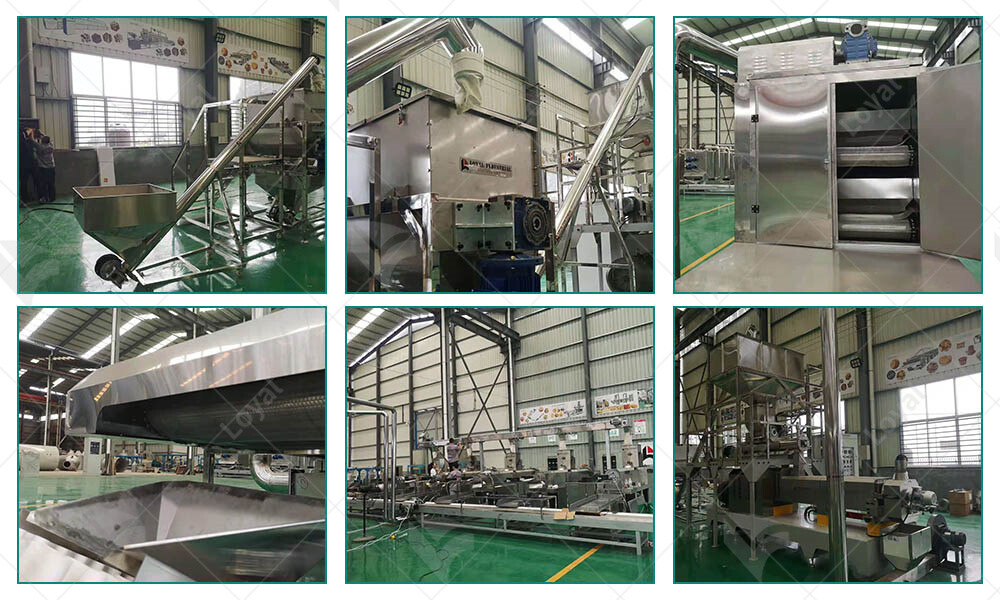
Factors Influencing Pellet Quality
Firstly, the quality of raw materials plays a significant role in pellet quality. Selecting high-quality grains, cereals, protein sources, vitamins, and minerals is crucial for formulating a nutritious feed mixture. Ensure that the raw materials are free from contaminants, mold, and other impurities that could affect pellet integrity and animal health.
Additionally, the particle size and consistency of the feed ingredients impact pellet quality. Proper grinding and mixing of raw materials ensure uniform distribution of nutrients throughout the feed mixture, resulting in consistent pellet quality and nutritional content.
Furthermore, the conditioning process is critical for enhancing the binding properties of the feed mixture and facilitating pellet formation. Adequate steam or water addition, along with precise temperature and moisture control, ensures optimal conditioning and pellet durability.
The design and specifications of the pellet die also influence pellet quality. Choose a die with appropriate perforation size and shape to achieve the desired pellet size and density. Regular maintenance and replacement of worn-out dies are essential for ensuring consistent pellet quality over time.
Lastly, handling and storage practices can affect the integrity and shelf life of poultry feed pellets. Proper cooling and drying of freshly formed pellets prevent moisture retention and mold growth, while adequate storage conditions minimize exposure to moisture, pests, and contaminants.

Poultry Feed Pellet Machine Manufacturers Comparison
When comparing the poultry feed pellet machines offered by LOYAL and Clextral, several factors come into play. Here's a simple comparison table highlighting key aspects of each manufacturer's machines:
|
Aspect |
LOYAL |
Clextral |
|
Capacity |
High |
Moderate to High |
|
Build Quality |
Durable |
Sturdy |
|
Price |
Affordable |
Higher |
|
Ease of Operation |
User-Friendly |
Requires Training |
|
Maintenance Requirements |
Low |
Moderate |
|
Pellet Quality |
Consistent |
High |
|
Customer Support |
Responsive |
Excellent |
Both LOYAL and Clextral offer reliable poultry feed pellet machines with their own set of advantages. LOYAL machines are known for their affordability, ease of operation, and consistent pellet quality. On the other hand, Clextral machines boast higher capacity and excellent customer support, albeit at a higher price point. Ultimately, the choice between the two manufacturers depends on specific needs and budget considerations.
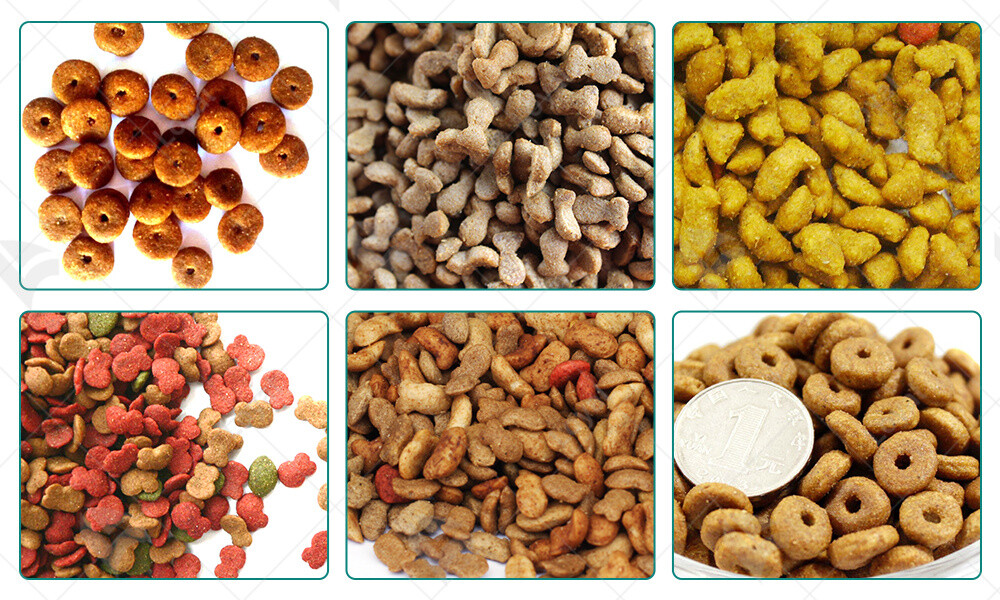
Maintenance and Cleaning Procedures
Maintenance and cleaning are essential aspects of ensuring the optimal performance and longevity of poultry feed pellet machines. Here are the recommended procedures:
Proper lubrication of moving parts is crucial to prevent friction and wear. Grease should be applied to bearings, gears, and other moving components according to the manufacturer's recommendations. This routine maintenance task helps prolong the lifespan of the machine and ensures smooth operation.
Regularly inspecting the machine for signs of wear and tear is necessary to address any issues before they escalate. Check for loose bolts, worn-out belts, and damaged parts, and replace them promptly to prevent further damage and maintain efficiency.
After each use or at regular intervals, the interior of the feed pellet machine should be thoroughly cleaned to remove any residual feed material, dust, or debris. Use compressed air or a brush to clean hard-to-reach areas, and ensure that no contaminants remain, which could affect the quality of the pellets.
Periodically calibrating and adjusting the machine settings is essential to maintain accurate pellet size and density. Follow the manufacturer's guidelines for calibration procedures, and make any necessary adjustments to ensure consistent performance and pellet quality.

Safety Precautions When Operating
Operating a poultry feed pellet machine requires strict adherence to safety protocols to prevent accidents and injuries. Here are some essential safety precautions to follow:
1. Read the Instruction Manual:
Before operating the feed pellet machine, thoroughly read and understand the manufacturer's instruction manual. Familiarize yourself with the machine's operation, safety features, and emergency procedures to ensure safe operation.
2. Wear Personal Protective Equipment (PPE):
Always wear appropriate personal protective equipment, such as safety glasses, gloves, and ear protection, when operating the feed pellet machine. PPE helps protect against potential hazards, including flying debris, noise, and contact with moving parts.
3. Avoid Loose Clothing and Jewelry:
Avoid wearing loose clothing, jewelry, or accessories that could get caught in the machine's moving parts. Tie back long hair and remove any dangling items to reduce the risk of entanglement or injury during operation.
4. Use Safety Guards and Devices:
Ensure that all safety guards and devices, such as interlocks and emergency stop buttons, are in place and functional before operating the feed pellet machine. These safety features help prevent accidental contact with hazardous areas and minimize the risk of injury.
By following these maintenance and safety procedures, operators can ensure the reliable performance and safe operation of poultry feed pellet machines, promoting efficiency and protecting personnel from harm.
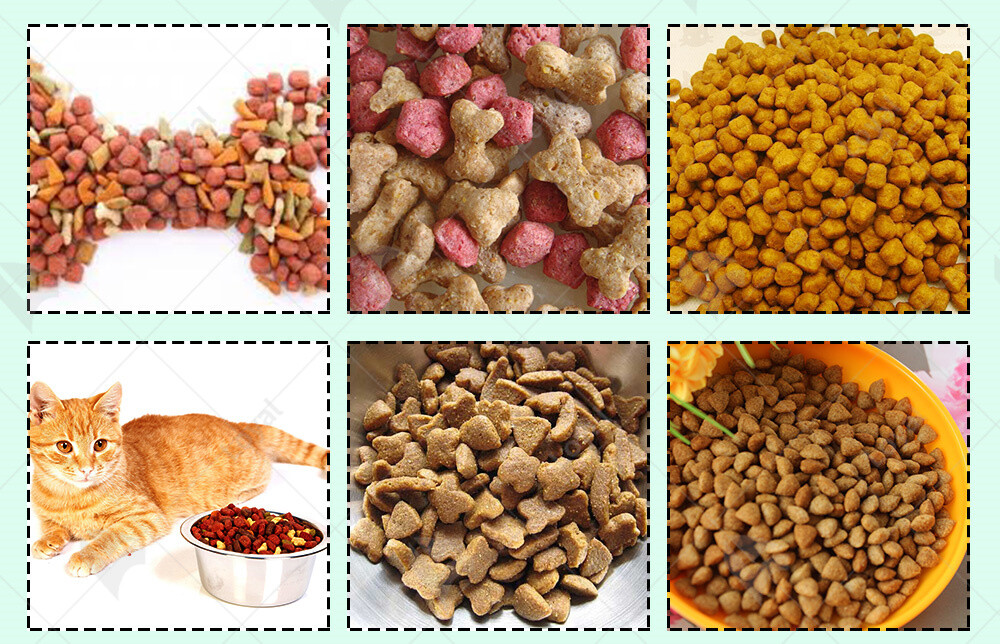
Advantages of Using Feed Pellet Machines
Feed pellet machines offer numerous advantages over traditional methods of poultry feed processing. These advantages stem from their advanced technology and streamlined processes, making them a preferred choice for modern poultry farmers.
Feed pellet machines ensure uniformity in feed composition and size, resulting in improved feed quality. By compressing and shaping the feed into pellets, these machines eliminate inconsistencies commonly found in traditional feed processing methods. This consistency leads to better nutrition absorption and overall health in poultry.
Poultry feed pellet machines optimize feed conversion rates by providing precisely measured portions in pellet form. This helps to minimize feed wastage and ensures that each bird receives the necessary nutrients for optimal growth and productivity. As a result, poultry farmers can achieve higher feed efficiency and reduce overall production costs.
With feed pellet machines, poultry farmers have the flexibility to customize feed formulations according to specific dietary requirements and production goals. These machines can easily incorporate various ingredients and additives into the pellet-making process, allowing farmers to tailor feeds to meet the nutritional needs of different poultry species and growth stages.
Pelletized feed is more convenient to handle and store compared to loose feed or mash. Feed pellets have a reduced risk of segregation and spoilage, ensuring consistent quality throughout storage and transportation. Additionally, their compact size and shape make them easier to store in bulk, optimizing warehouse space and logistics for poultry farmers.
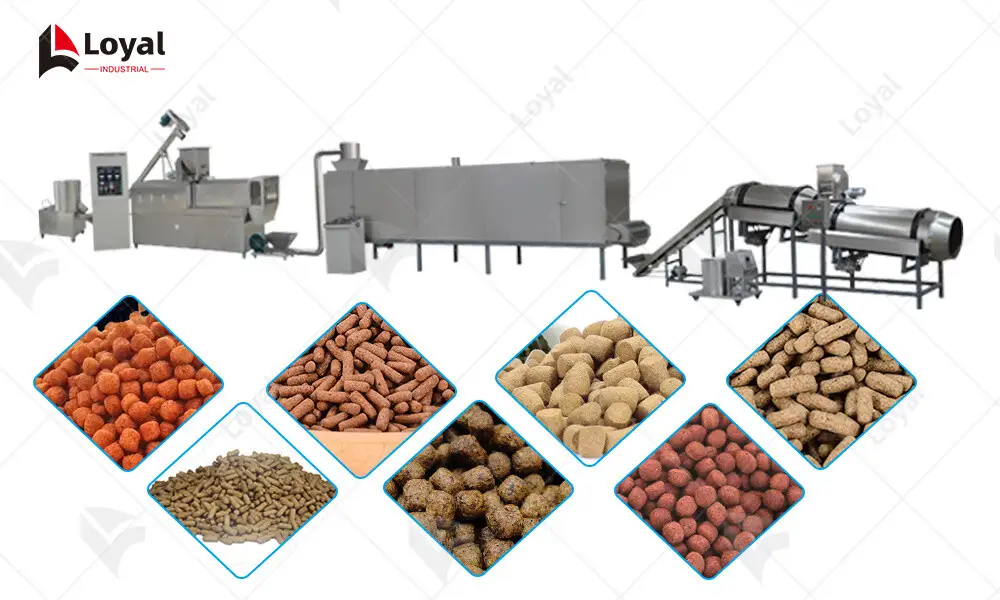
Key Components of Feed Pellet Machines
Understanding the key components of feed pellet machines is essential for optimizing their performance and ensuring longevity. These machines consist of several critical parts that work together to convert raw materials into uniform pellets suitable for poultry consumption.
The feeding system of a feed pellet machine is responsible for delivering raw materials into the pelletizing chamber. It typically consists of a hopper, conveyor belt, and feeder mechanism that regulate the flow of materials into the machine. Proper feeding is crucial for achieving consistent pellet quality and production efficiency.
The pelletizing chamber is where the actual pellet formation occurs. It contains a die and rollers that compress and extrude the raw materials into pellet form. The size and shape of the pellets can be adjusted by changing the die and roller configurations, allowing for customization according to specific poultry feed requirements.
The conditioning unit of a feed pellet machine is responsible for adding moisture and heat to the raw materials before pelletization. This process, known as preconditioning, softens the ingredients and improves their binding properties, resulting in denser and more durable pellets. Proper conditioning is critical for achieving optimal pellet quality and production efficiency.
Modern feed pellet machines are equipped with advanced control systems that monitor and regulate various parameters throughout the pelletizing process. These systems allow operators to adjust factors such as feed rate, pellet size, and temperature to optimize performance and ensure consistent quality. Additionally, control systems may include safety features to prevent equipment malfunction and ensure operator safety.
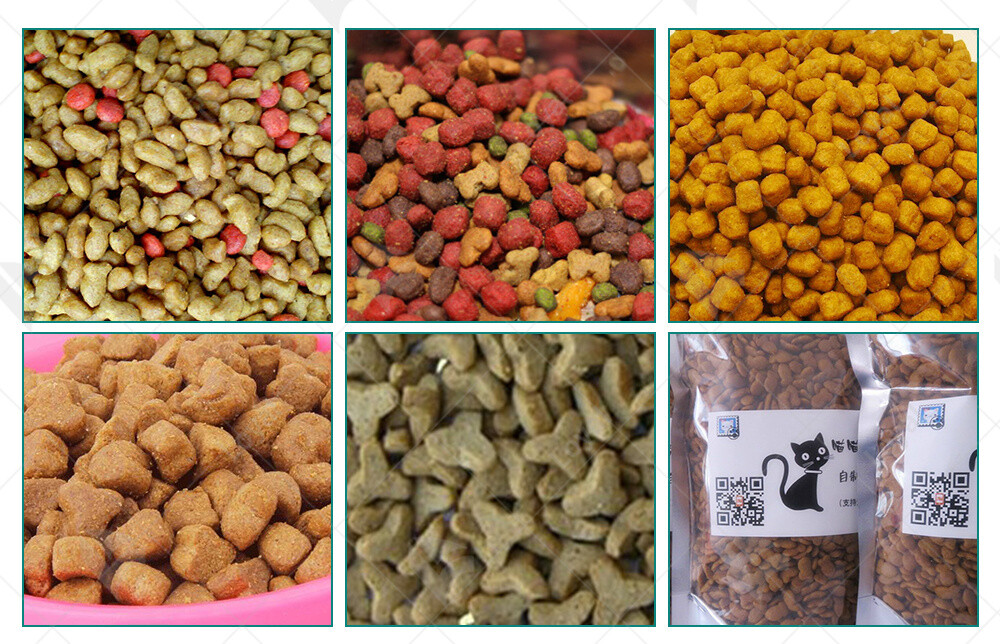
Future Trends in Poultry Feed Pellet Technology
As the poultry industry continues to evolve, so too does the technology associated with feed pellet production. Let's delve into the future trends shaping the landscape of poultry feed pellet machines.
The future of poultry feed pellet technology lies in the integration of Internet of Things (IoT) and automation. Feed pellet machines equipped with IoT sensors will enable real-time monitoring of various parameters such as temperature, moisture levels, and pellet quality. Automation features will streamline the production process, reducing manual intervention and enhancing efficiency.
With the proliferation of data analytics tools, poultry feed pellet machines will leverage data-driven insights for optimizing feed formulation and pellet production. Machine learning algorithms will analyze vast datasets to identify trends, predict equipment maintenance needs, and optimize pellet quality.
Future poultry feed pellet machines will prioritize energy efficiency to reduce operational costs and environmental impact. Innovations such as energy-efficient motors, improved insulation, and optimized heating systems will contribute to lower energy consumption during pellet production.
There is a growing demand for customized feed formulations to meet the specific nutritional requirements of different poultry species and production stages. Future feed pellet machines will offer greater flexibility in adjusting pellet size, shape, and composition, allowing producers to tailor feed pellets according to their preferences and requirements.
In conclusion, the future of poultry feed pellet technology is characterized by integration, data-driven optimization, energy efficiency, and customization. By embracing these trends, poultry producers can enhance efficiency, improve product quality, and stay competitive in an increasingly demanding market landscape.
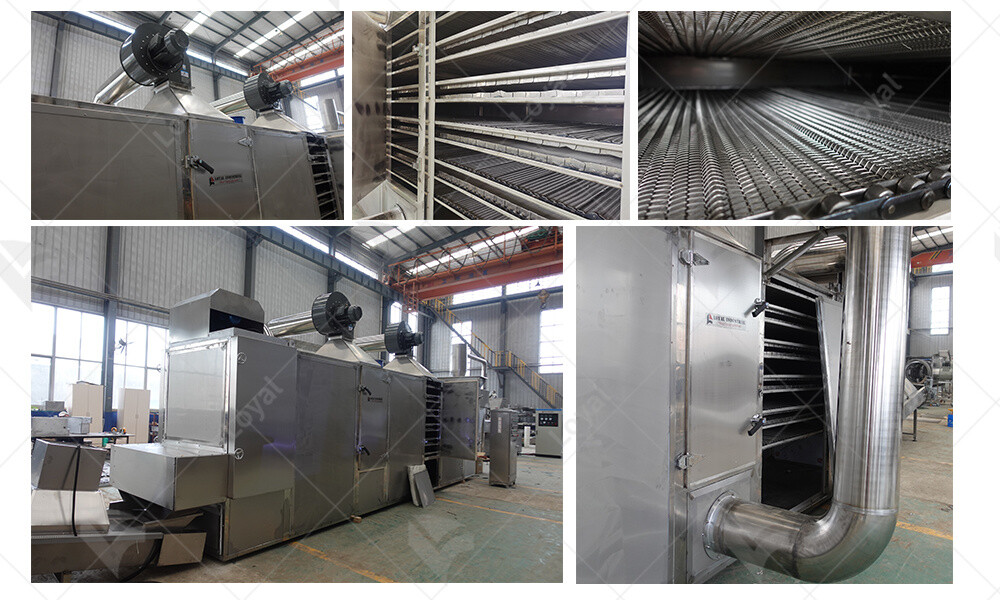
FAQs: Frequently Asked Questions about Poultry Feed Pellet Machines
1. What is a poultry feed pellet machine?
A poultry feed pellet machine is a specialized industrial equipment used to convert raw materials such as grains, corn, soybeans, and other ingredients into compressed pellets suitable for feeding poultry, including chickens, ducks, and turkeys.
2. How does a poultry feed pellet machine work?
Feed pellet machines operate by compressing raw materials through a die under high pressure and temperature, forming dense pellets. The process involves grinding, mixing, conditioning, and pelletizing, resulting in uniform pellets with consistent nutritional content.
3. What are the benefits of using a poultry feed pellet machine?
Using a poultry feed pellet machine offers several advantages, including precise control over feed composition, improved feed digestibility, reduced feed wastage, enhanced feed hygiene, and ease of storage and transportation.
4. What types of poultry feed pellet machines are available?
There are various types of poultry feed pellet machines, including flat die pellet mills and ring die pellet mills. Flat die pellet mills are suitable for small-scale operations and produce pellets with a lower output capacity, while ring die pellet mills are more efficient and suitable for large-scale production.
References
1.Food Processing: https://www.foodprocessing.com/
2.Food Engineering Magazine: https://www.foodengineeringmag.com/
3.Food Manufacturing:https://www.foodmanufacturing.com/
4.Food Dive:https://www.fooddive.com/
5.Food Business News: https://www.foodbusinessnews.net/
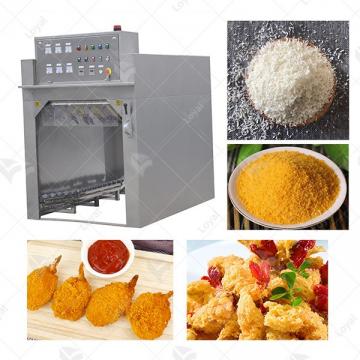 Commercial Japanese Panko Bread Crumb Grinder Machine
Commercial Japanese Panko Bread Crumb Grinder Machine Japanese Bread Crumbs Processing Line
Japanese Bread Crumbs Processing Line Automatic Cookies Making Machines
Automatic Cookies Making Machines Fully Automatic Biscuit Making Machines
Fully Automatic Biscuit Making Machines